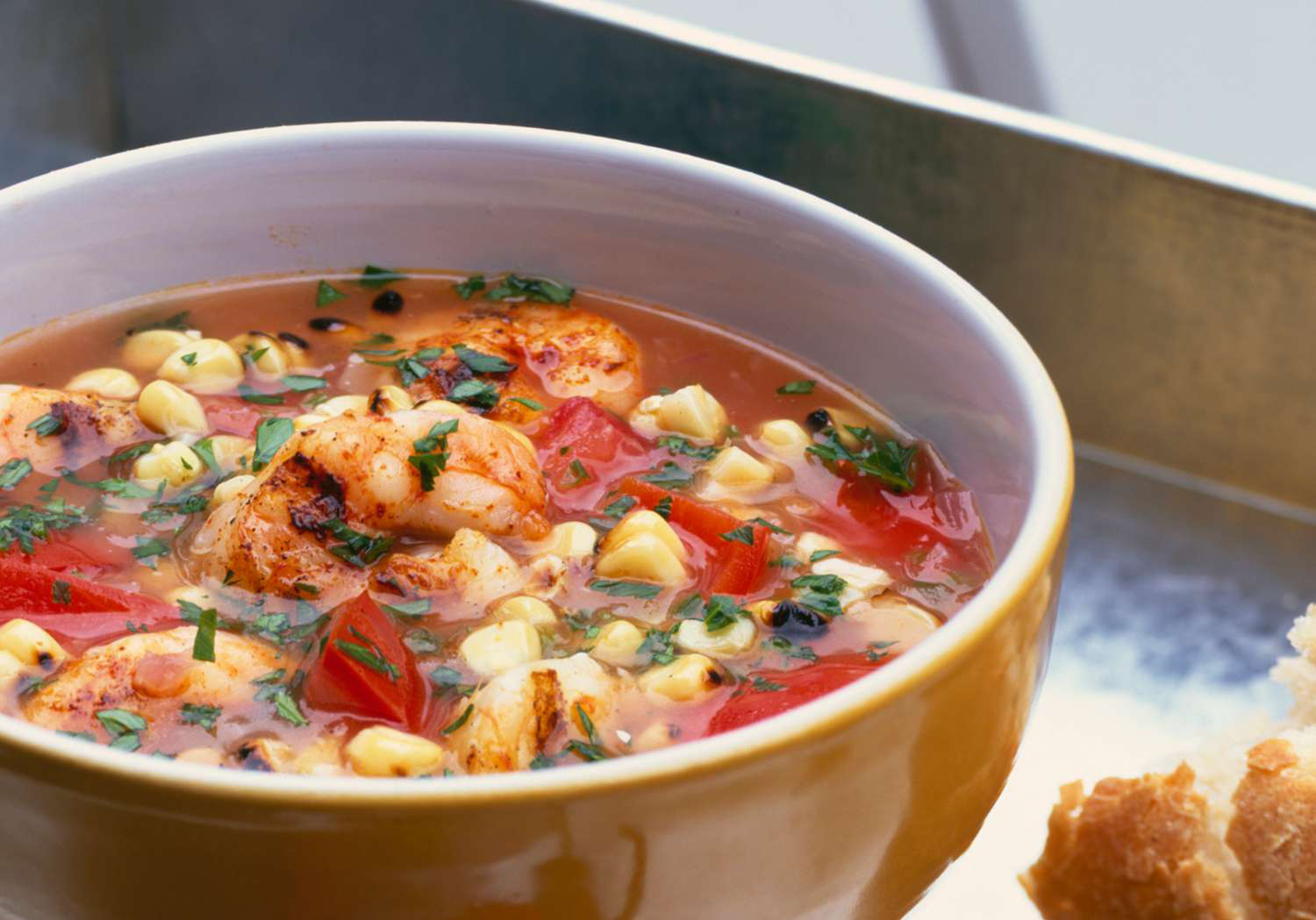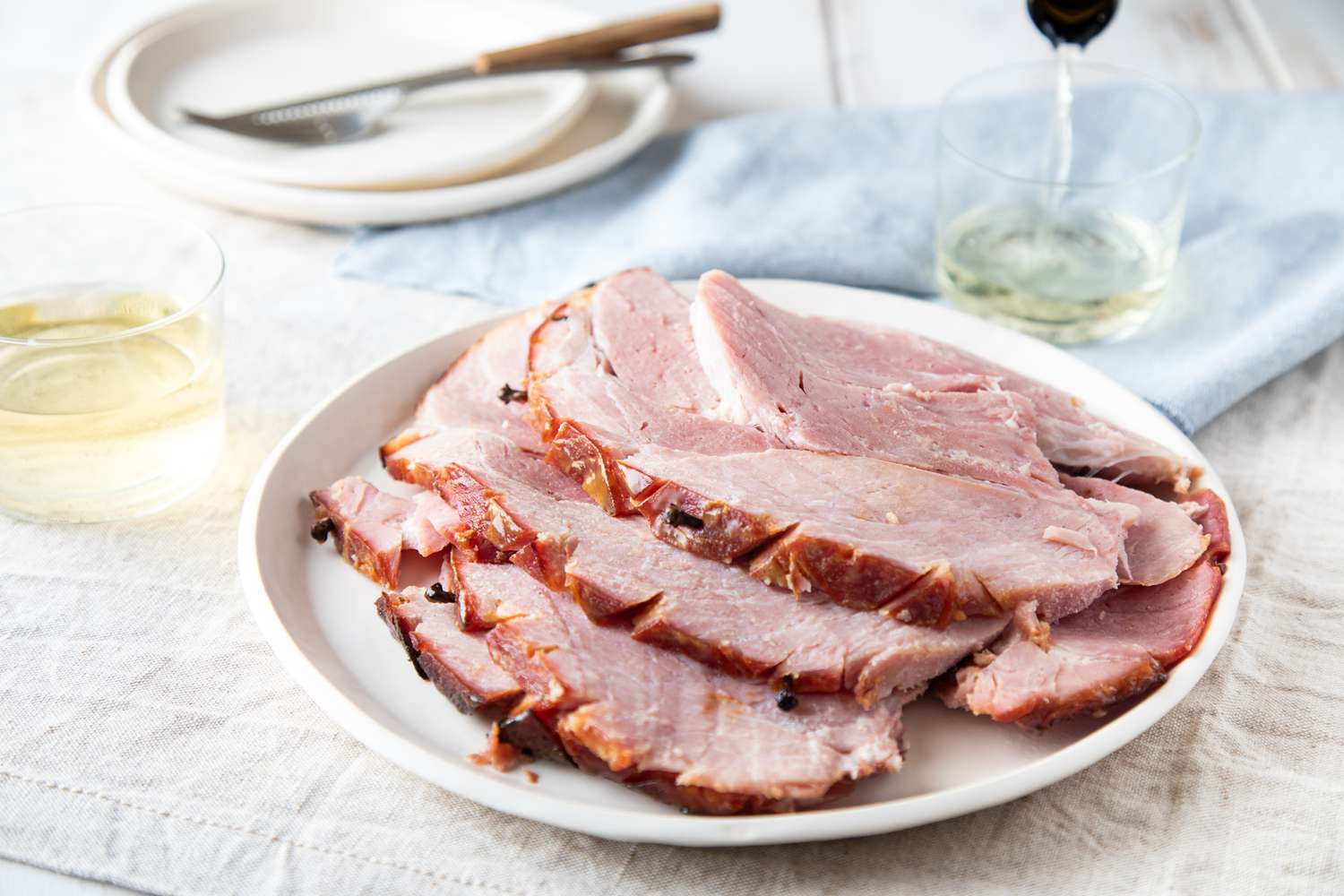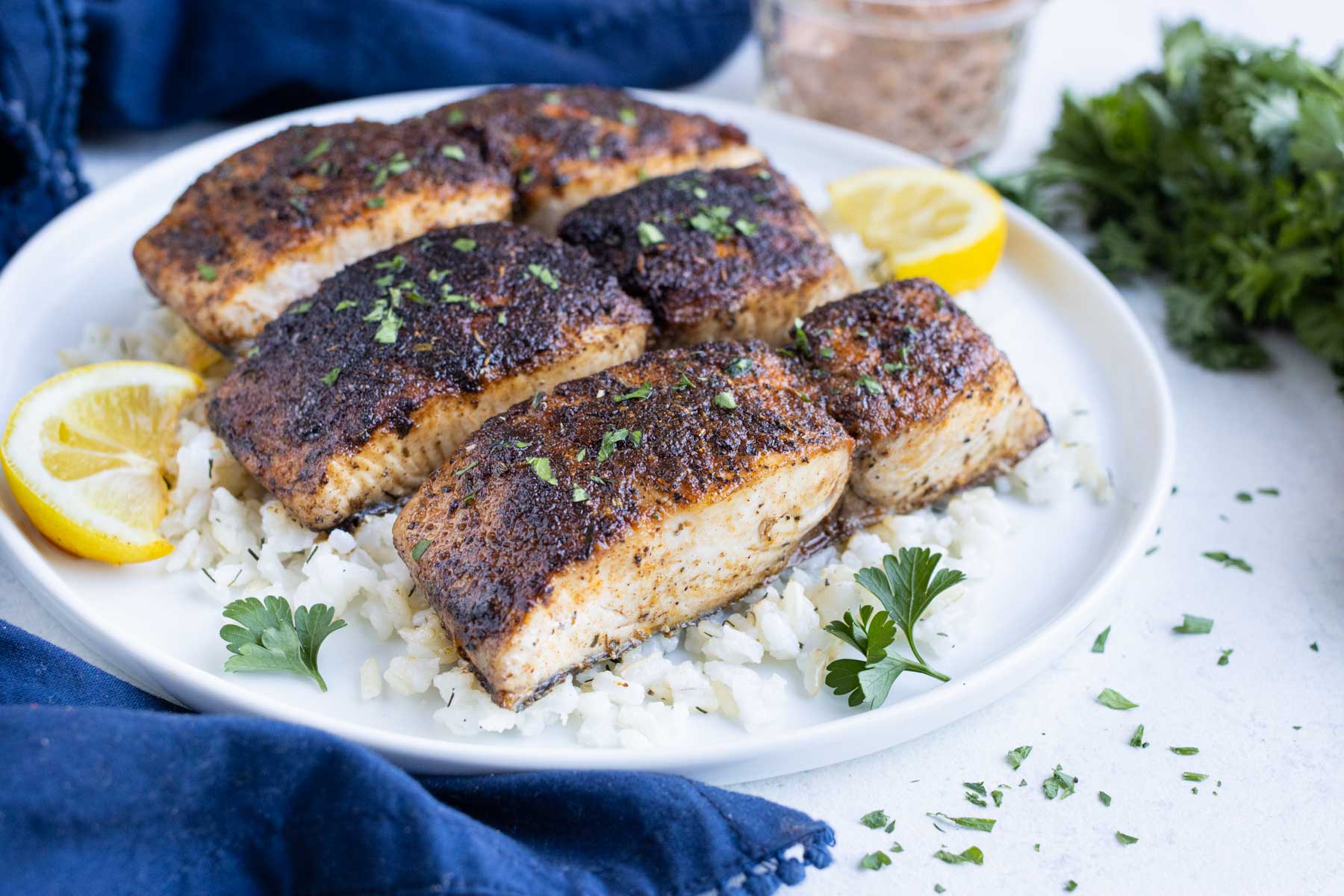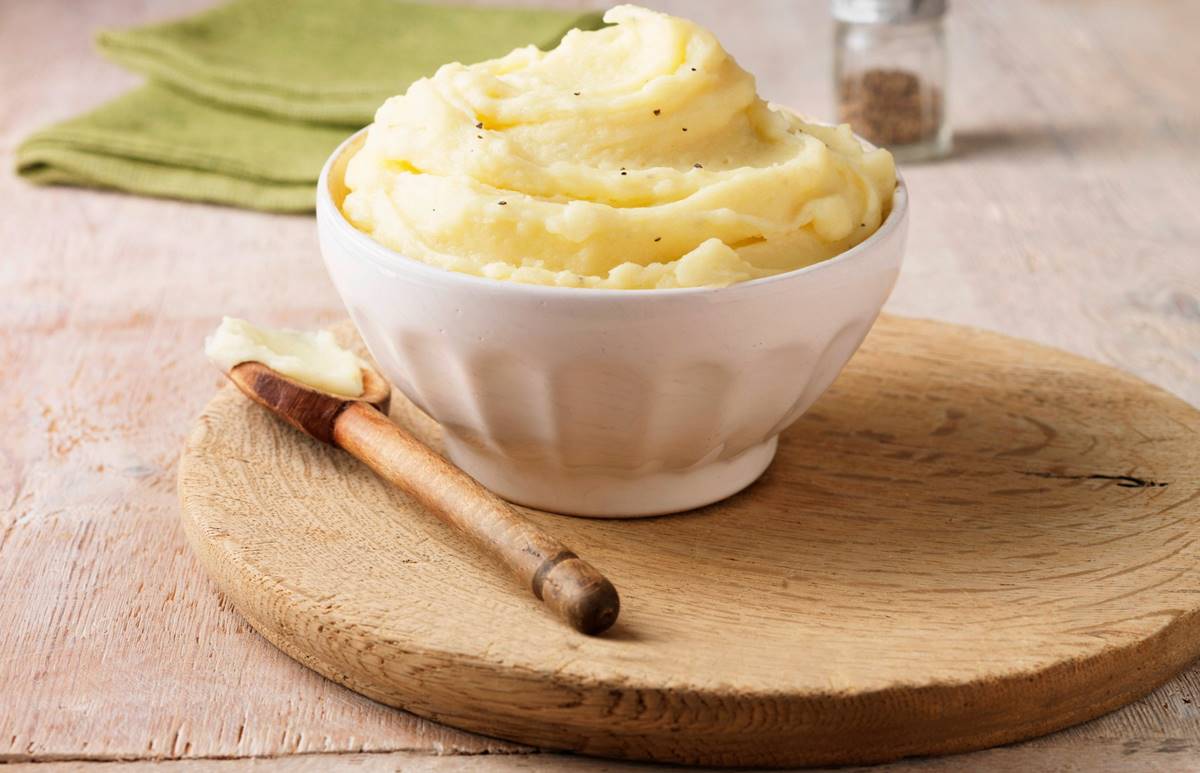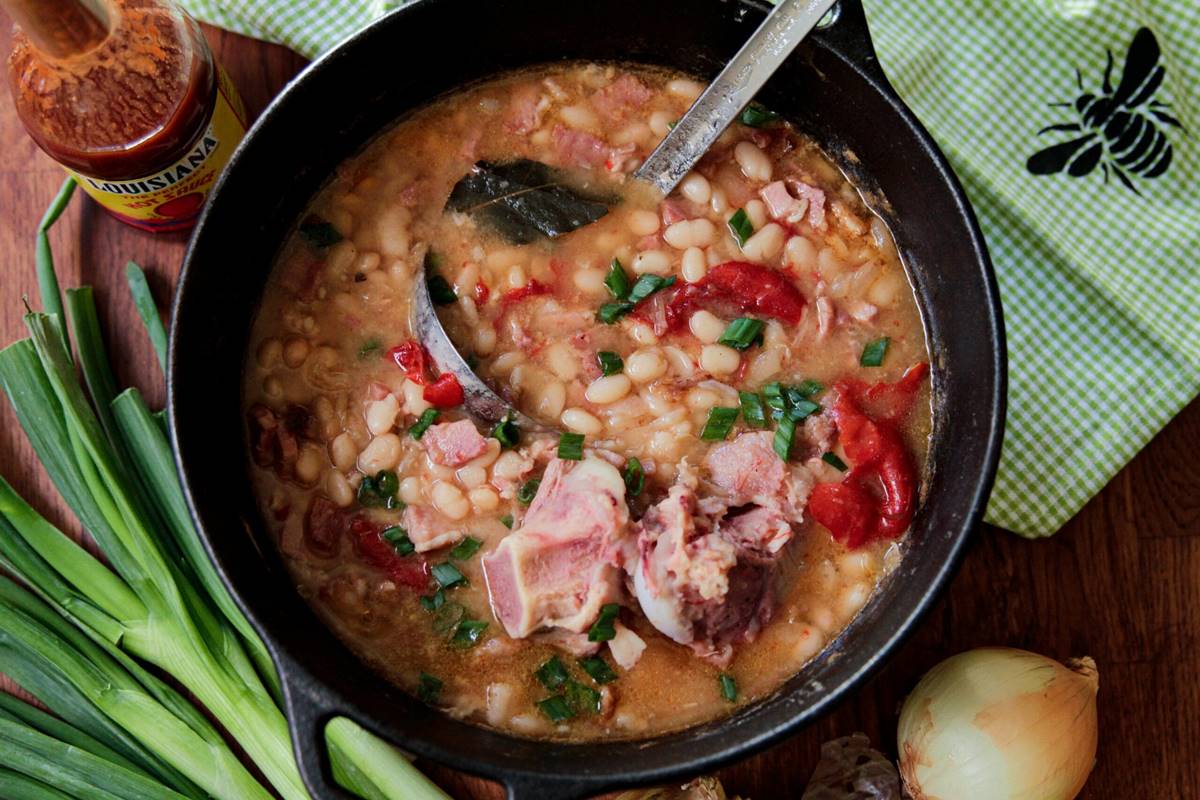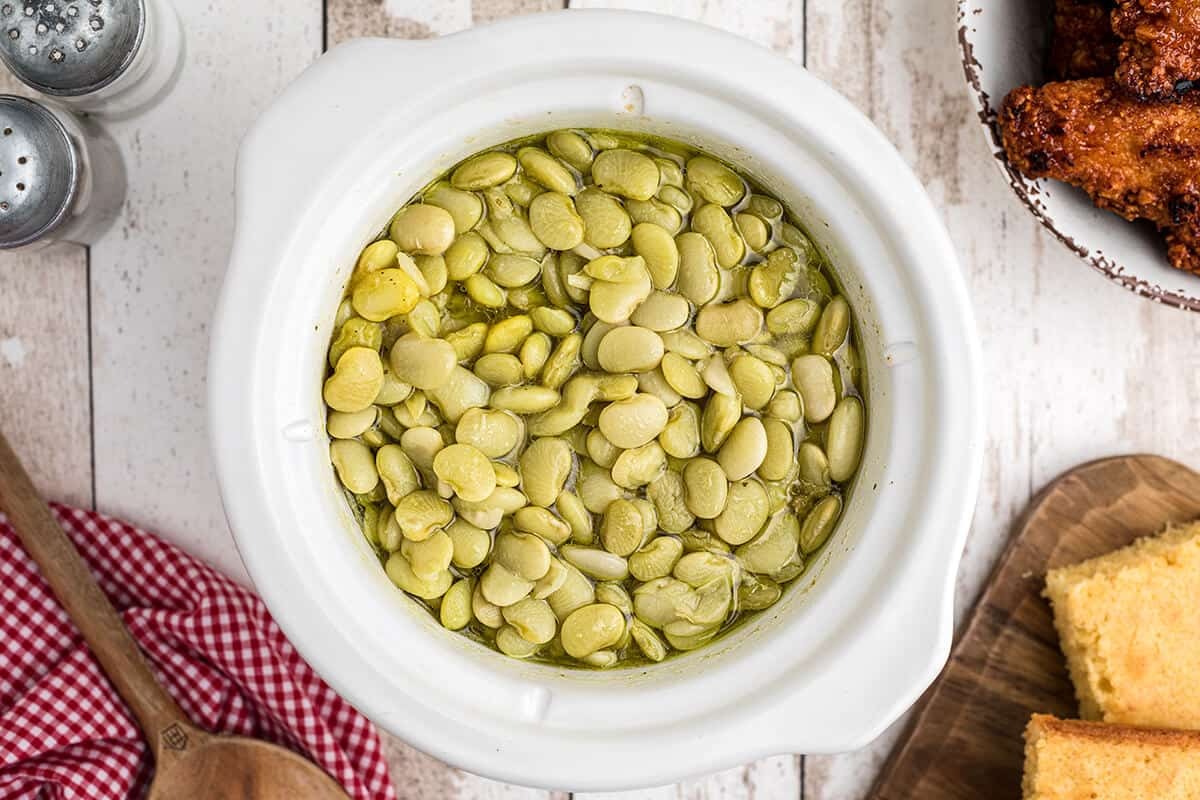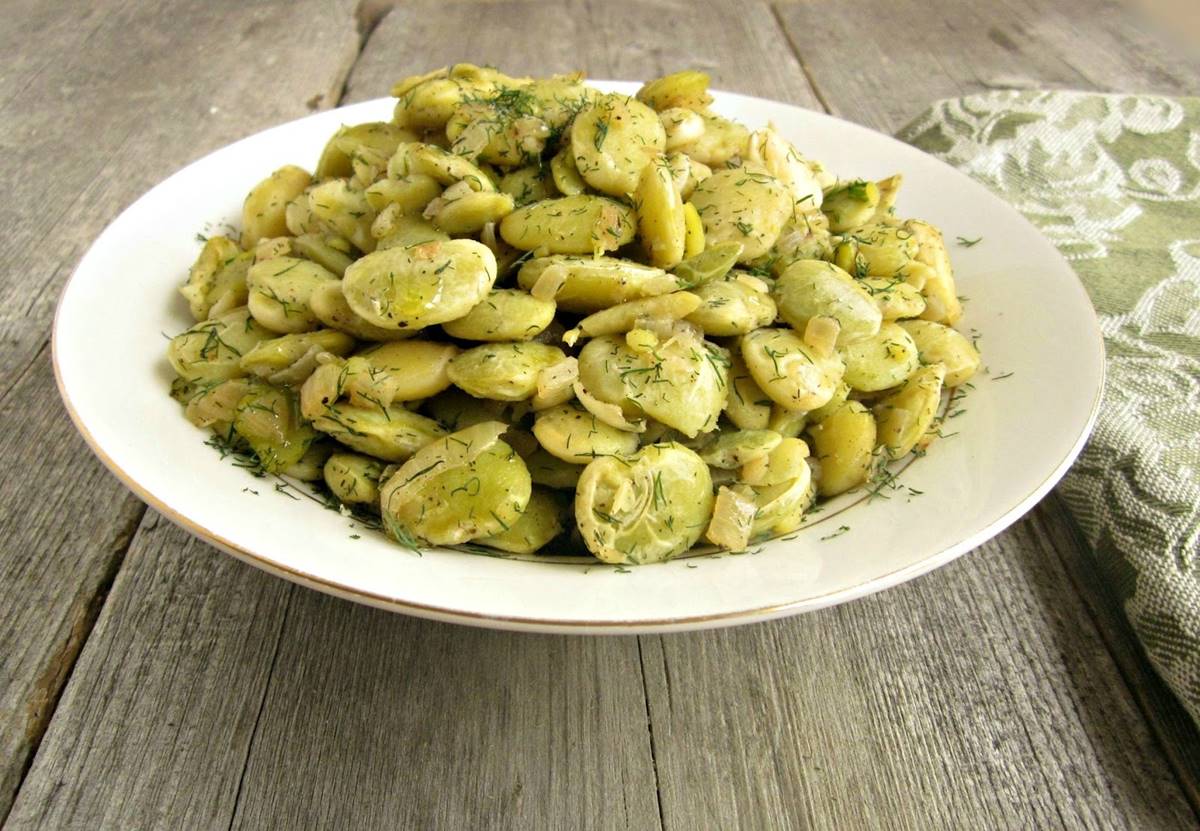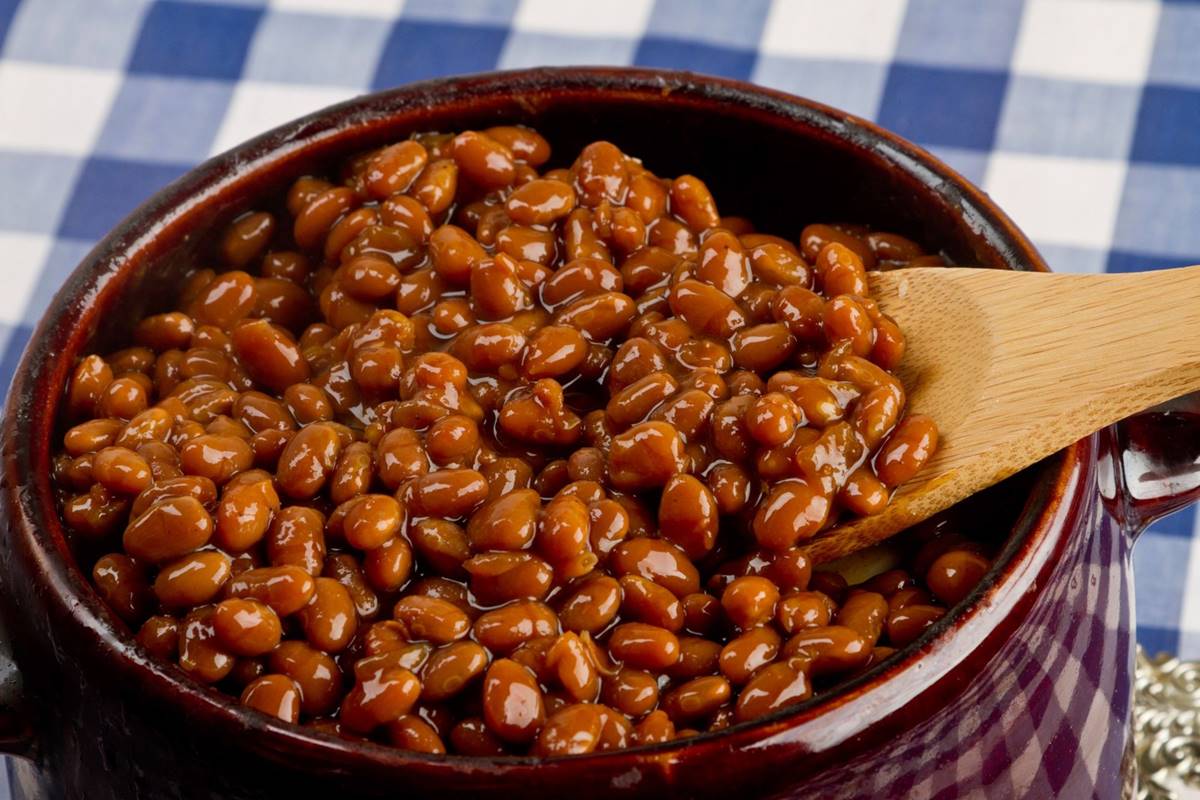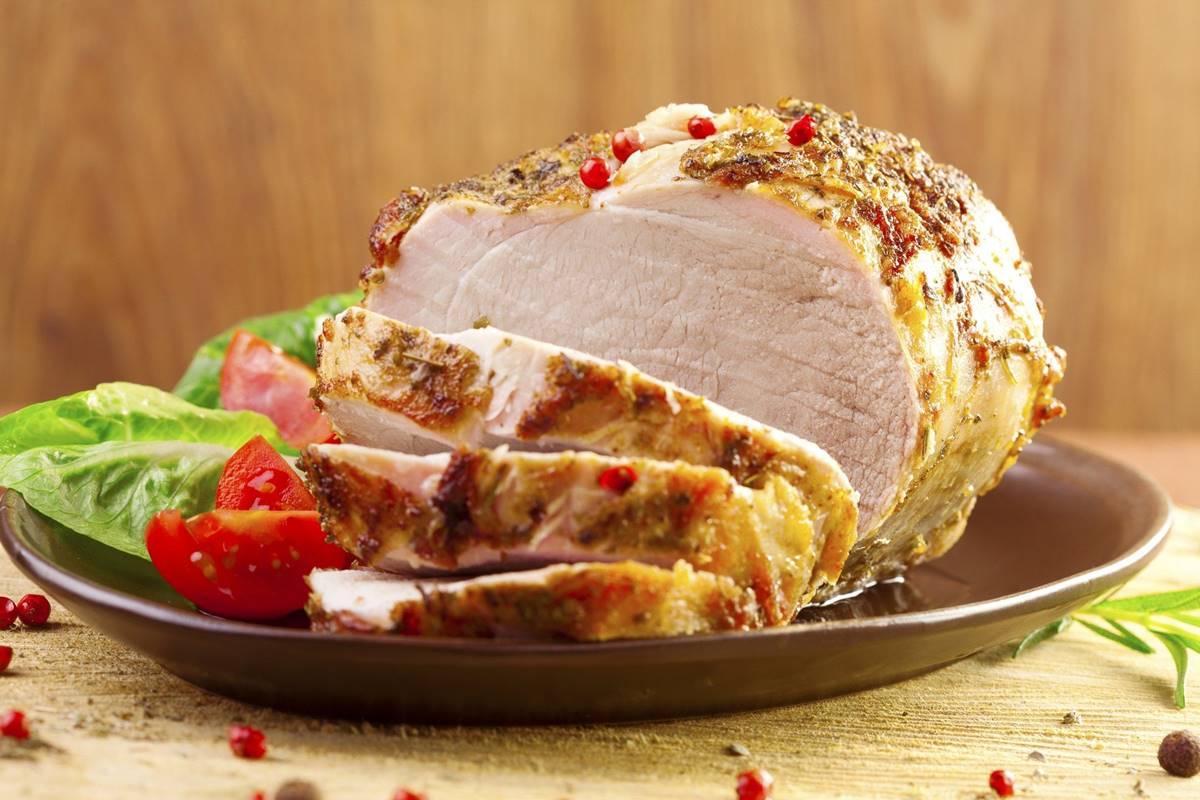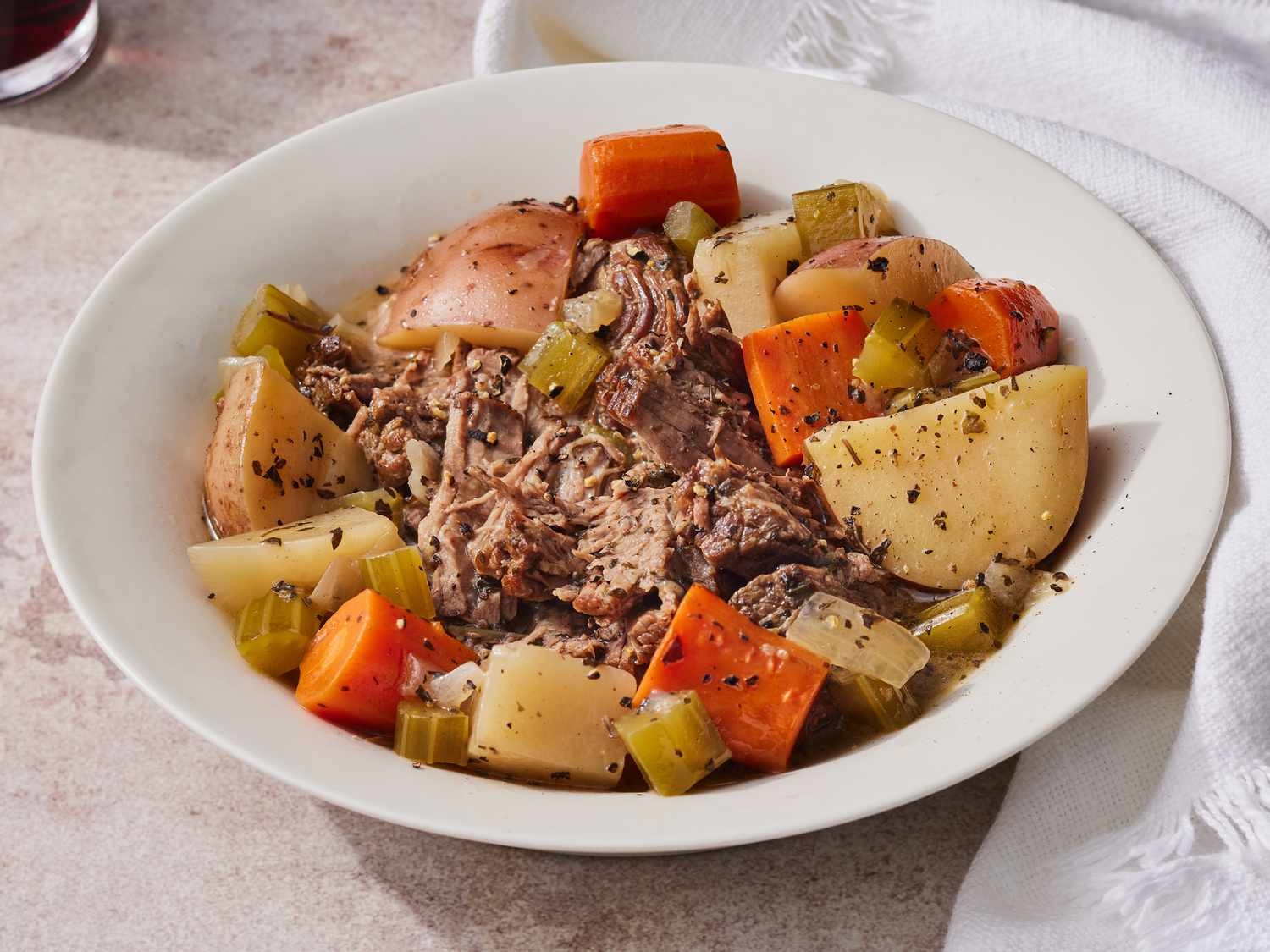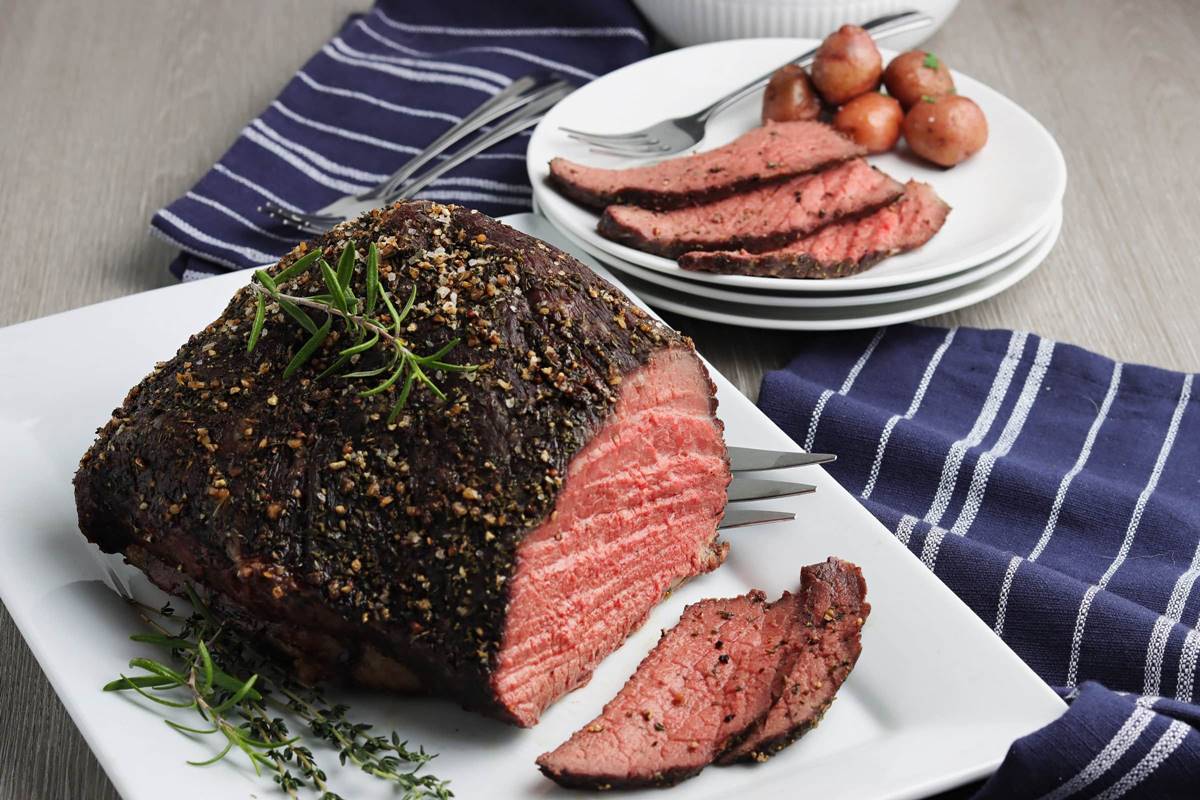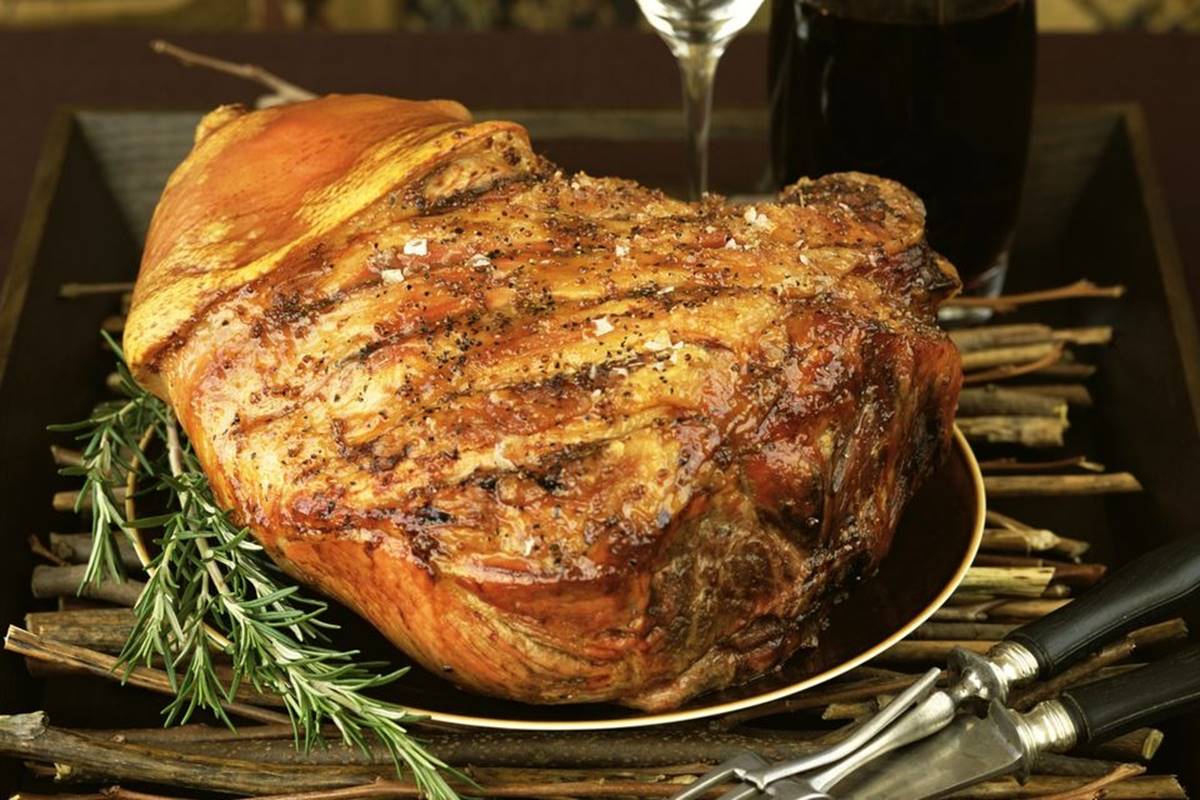How to Cook Pork Medallions So They Are Tender
When it comes to cooking pork medallions, achieving tender and succulent results can sometimes be a challenge. Whether you’re a seasoned home cook or a culinary novice, mastering the art of cooking tender pork medallions is a skill worth acquiring. In this article, we will take you through a step-by-step process to ensure your pork medallions turn out tender, juicy, and full of flavor.
Choose the Right Cut of Pork
The first step in cooking tender pork medallions starts at the grocery store. It’s essential to select the right cut of pork to achieve the desired results. Look for cuts labeled “pork tenderloin” or “loin medallions.” These cuts are lean, tender, and cook quickly. Avoid cuts with excessive fat or connective tissue, as they may result in tougher meat.
Tenderize the Meat
Pork medallions benefit from tenderizing to enhance their tenderness. To tenderize the meat, use a meat mallet or the back of a heavy pan to gently pound the medallions. This process helps break down tough muscle fibers and promotes even cooking. Be cautious not to over-tenderize, as it can result in mushy texture.
Marinate for Flavor and Tenderness
Marinating pork medallions not only adds flavor but also helps tenderize the meat further. Create a simple marinade using ingredients like olive oil, garlic, herbs, and citrus juices. Place the medallions in a zip-top bag, pour the marinade over them, seal the bag, and refrigerate for at least 30 minutes. The acidic components in the marinade will work their magic, resulting in juicy and tender pork.
Proper Cooking Techniques
When it’s time to cook the pork medallions, opt for cooking methods that will help retain moisture and promote tenderness. Here are a few techniques to consider:
- Sear and Roast: Start by searing the medallions in a hot skillet with a drizzle of oil. This will create a flavorful crust. Transfer the seared medallions to a preheated oven and roast until cooked through.
- Grill: Preheat the grill to medium-high heat and brush the medallions with oil to prevent sticking. Grill the medallions for a few minutes on each side until they reach the desired internal temperature.
- Stir-Fry: Cut the pork medallions into thin slices and cook them quickly over high heat in a lightly oiled skillet or wok. This method will result in tender and juicy meat.
Let the Meat Rest
After cooking the pork medallions, allow them to rest for a few minutes before slicing or serving. Resting the meat allows the juices to redistribute, resulting in a more tender and flavorful final product.
Serving Suggestions
Now that you have perfectly cooked and tender pork medallions, it’s time to enjoy them. Here are a few serving suggestions:
- Serve the medallions alongside roasted vegetables and a flavorful sauce.
- Slice the pork and use it as a filling for tacos, sandwiches, or wraps.
- Pair the medallions with a fresh salad or steamed rice for a complete meal.
By following these steps and techniques, you can elevate your pork medallion cooking game and create tender, juicy, and delicious dishes every time. So go ahead and give it a try, and soon you’ll be mastering the art of cooking pork medallions like a pro!
More Delicious Pork Medallion Recipes to Try
Once you've mastered the art of cooking tender pork medallions, the culinary world is your oyster. The recipes provided offer a wide range of flavors and techniques that can help you apply your new skills. For a classic, yet rich flavor, try the Herb-Crusted Pork Medallions with Mushroom Sauce. If you're seeking something with a fruity twist, the Grilled Pork Medallions with Peach Salsa is highly recommended. Both recipes not only showcase the pork's tenderness but also enhance it with complementary textures and tastes. These selections are perfect for expanding your cooking repertoire and impressing guests with your ability to create diverse and delicious meals.
More Delicious Pork Medallion Recipes to Try
Once you've mastered the art of cooking tender pork medallions, the culinary world is your oyster. The recipes provided offer a wide range of flavors and techniques that can help you apply your new skills. For a classic, yet rich flavor, try the Herb-Crusted Pork Medallions with Mushroom Sauce. If you're seeking something with a fruity twist, the Grilled Pork Medallions with Peach Salsa is highly recommended. Both recipes not only showcase the pork's tenderness but also enhance it with complementary textures and tastes. These selections are perfect for expanding your cooking repertoire and impressing guests with your ability to create diverse and delicious meals.
1. Remove pork medallions from the refrigerator 30 minutes prior to cooking to allow them to come to room temperature.
2. Pat the medallions dry with a paper towel before cooking to promote browning and prevent steaming.
3. Avoid overcrowding the pan or grill to ensure even browning and cooking.
4. Let the cooked pork medallions rest for 5-10 minutes before slicing or serving to retain their juiciness.
5. Experiment with different seasonings and marinades to add flavor and variety to your dish.
Was this page helpful?
Read Next: How To Cook Pork Skin
